Disclosure: This article contains affiliate links. We may earn a commission from purchases at no extra cost to you, which helps our travel content.
The morning mist was still dancing above the Spokane River when I first glimpsed the thundering cascade of Spokane Falls. I'd visited countless waterfalls across four continents, but there was something uniquely captivating about finding such raw natural power surrounded by an urban landscape. With my camera bag slung over my shoulder and a coffee warming my hands against the spring chill, I realized Spokane, Washington would offer far more than the brief stopover I had initially planned. This overlooked Pacific Northwest gem presents a rare photographic opportunity: dramatic waterfalls, historic architecture, and wild natural landscapes all within a compact, navigable area.
Riverfront Park: Where Urban Meets Wild
Spokane's crown jewel for photographers is undoubtedly Riverfront Park, centered around the dramatic Spokane Falls. What makes this location exceptional is the accessibility—you can capture these powerful cascades from multiple vantage points without venturing far from downtown amenities.
The best light hits the falls in early morning (before 9am) and during the golden hour before sunset. Spring runoff (April-May) creates the most dramatic water volume, transforming the falls into a roaring spectacle. I spent three consecutive mornings here, each offering different lighting conditions as clouds and mist played across the scene.
For stability during long exposures, I relied heavily on my travel clamp which attached securely to the railings along the falls overlooks. This compact solution saved me from carrying my full-sized tripod while providing the stability needed for those silky water shots at slower shutter speeds.
Don't miss the historic Monroe Street Bridge for framing opportunities—its concrete arches provide perfect leading lines toward the falls. The SkyRide gondola offers aerial perspectives that are otherwise impossible to capture, though shooting through glass presents challenges (bring a polarizing filter).
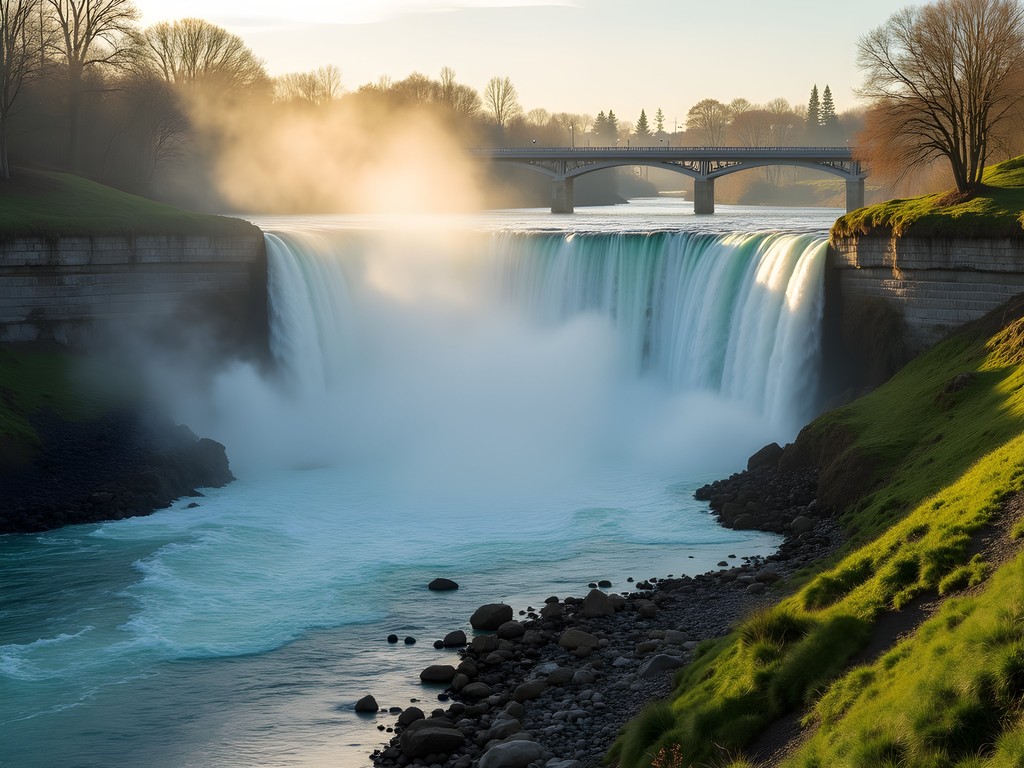
💡 Pro Tips
- Visit on weekday mornings before 9am to avoid crowds in your shots
- Use a neutral density filter for smooth water effects even in bright conditions
- The Spokane Falls Loop Trail offers at least 7 distinct photography angles—walk the entire circuit
Huntington Park: The Photographer's Secret Weapon
While most visitors stick to the main Riverfront Park area, savvy photographers should make their way to Huntington Park, tucked beside City Hall on the south bank of the river. This less-frequented spot offers intimate views of the Lower Spokane Falls that feel removed from the city despite being in its heart.
I discovered this gem on my second day after chatting with a local photographer at a downtown café. The park features several tiered viewing platforms that get progressively closer to the water. The lowest level—often misted by the falls—creates opportunities for dramatic close-ups with your telephoto lens.
Bring a microfiber cloth as your lens will likely catch spray. My lens cleaning kit proved invaluable here, as I needed to wipe down my equipment every 15-20 minutes. The kit's compact size meant I could keep it in my pocket for quick access without disrupting my shooting flow.
The pedestrian walkway beneath the Post Street Bridge provides another unique vantage point that many photographers miss. From here, you can frame the falls against the historic Washington Water Power building with its distinctive brick architecture.

💡 Pro Tips
- Time your visit for 1-2 hours before sunset when the golden light illuminates the mist
- Wear waterproof footwear as the viewing platforms can be wet from spray
- The lower platform is wheelchair accessible via a ramp—no need to navigate the stairs
Mount Spokane: Alpine Light and Wildflower Meadows
Just 45 minutes from downtown lies Mount Spokane State Park—a landscape photographer's dream that feels worlds away from the city. The 5,883-foot summit offers breathtaking panoramas of the Spokane Valley, Idaho's lake country, and on clear days, the distant peaks of Montana.
Spring visits (late April through June) reward photographers with wildflower meadows that create stunning foreground elements against the expansive vistas. The Vista House at the summit provides both a compelling architectural subject and shelter if weather turns quickly, which it often does in spring.
I learned this lesson firsthand when a sudden mountain shower caught me on an exposed ridge. My waterproof camera cover saved my gear from a drenching. Don't visit the mountain without rain protection for both yourself and your equipment—conditions can change rapidly at this elevation.
The drive up features numerous pullouts with composition opportunities. I particularly recommend the Kit Carson Loop Road for its old-growth forest scenes. The dappled light through ancient pines creates magical conditions in early morning when fog often clings to the mountainside.
For serious landscape photographers, consider hiking the 3.5-mile Mount Kit Carson Loop Trail, which offers multiple vantage points of the valley below. My hiking poles proved essential for navigating some of the steeper sections while carrying camera gear.
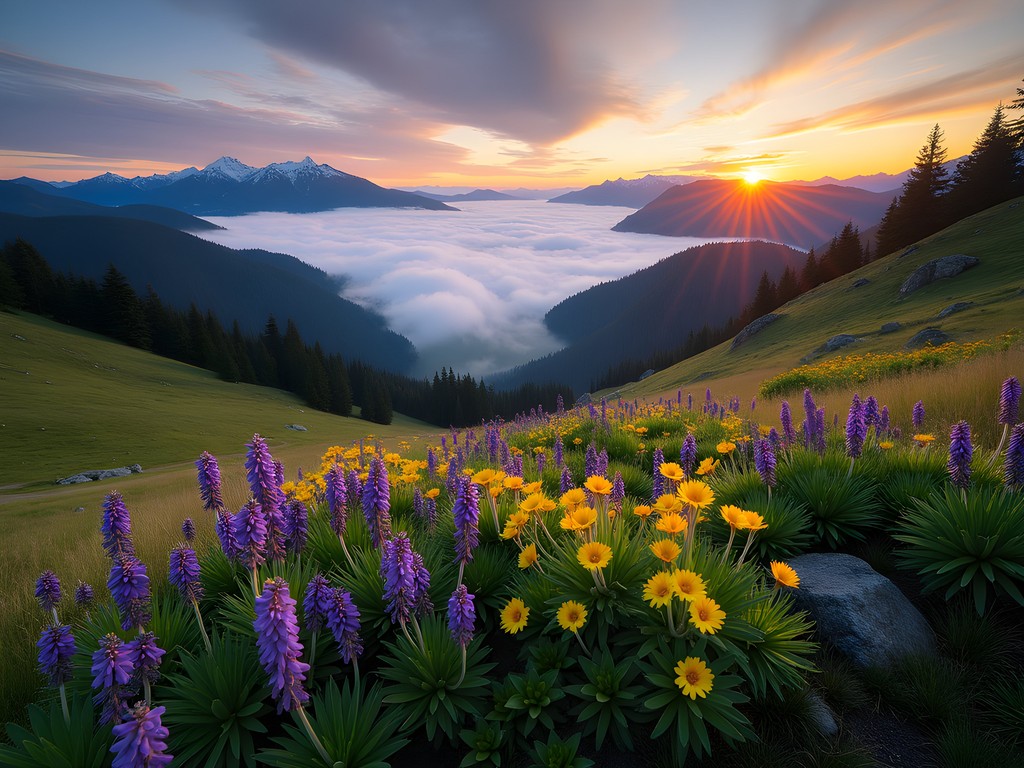
💡 Pro Tips
- Arrive pre-dawn for the best chance of capturing the valley fog from above
- Bring graduated neutral density filters to balance bright skies with darker foregrounds
- Download offline maps as cell service is spotty on the mountain
Manito Park: Botanical Macro Paradise
When afternoon light becomes too harsh for landscape work, I retreat to Manito Park—a 90-acre oasis with five distinct gardens that offer endless macro photography opportunities. The Japanese Garden is particularly photogenic, with carefully placed stones, reflective ponds, and sculptural maple trees.
Spring visits coincide perfectly with the blooming schedule of the formal Duncan Gardens and the spectacular Lilac Garden (peak bloom usually mid-May). For macro photographers, the conservatory houses exotic plants year-round, providing a climate-controlled environment when outdoor conditions aren't cooperative.
I spent a full afternoon in the perennial garden with my macro lens, capturing the intricate details of emerging blooms. To get the most compelling compositions, I used my flexible tripod which allowed me to position my camera at unusual angles close to the ground. The flexible legs wrapped securely around garden features, giving me stable shooting platforms where traditional tripods couldn't reach.
The Rose Hill section peaks later in summer, but spring offers the advantage of fewer visitors and fresh, vibrant greens as backdrops. Morning dew creates magical opportunities for close-up work—bring a spray bottle to recreate this effect if you arrive after the dew has dried.
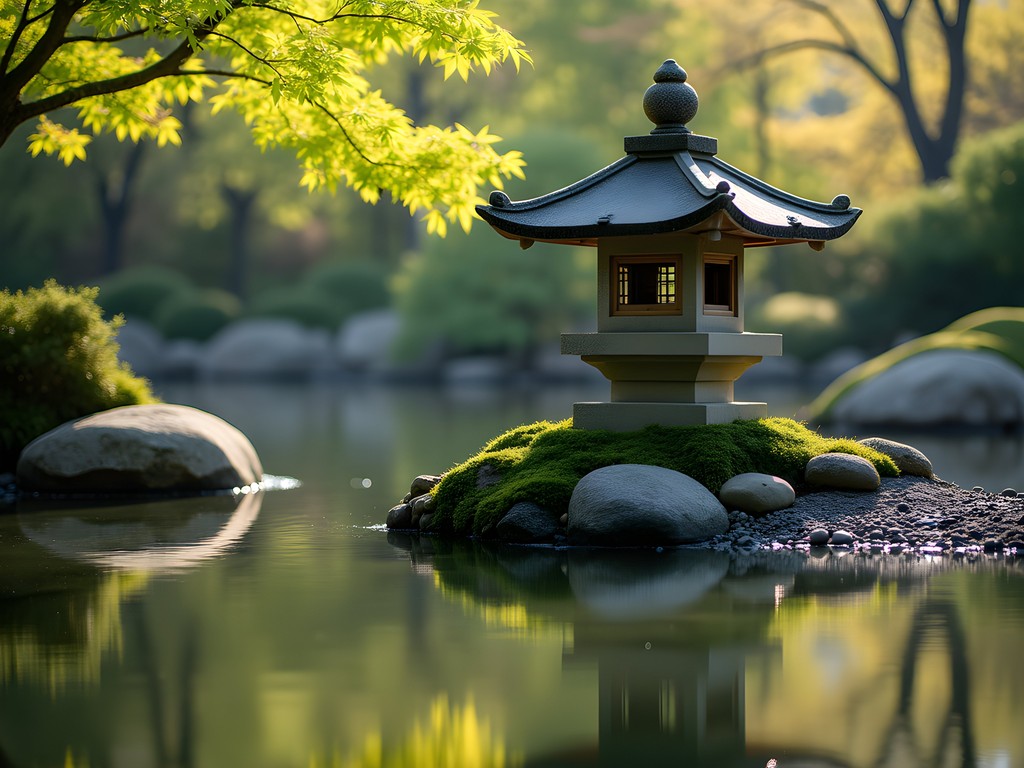
💡 Pro Tips
- Visit the Japanese Garden after a light rain when the stones show their richest colors
- The conservatory light is best in late afternoon when sunbeams stream through the glass ceiling
- Bring a macro focusing rail for precise adjustments when shooting tiny subjects
Riverside State Park: Basalt and Rapids
Just a 15-minute drive from downtown, Riverside State Park offers dramatic landscapes shaped by ancient lava flows and the powerful Spokane River. The Bowl and Pitcher area features massive basalt formations that create a striking contrast with the rushing water—perfect for moody black and white compositions.
The swinging bridge provides a natural vantage point, but more compelling images come from scrambling (carefully) along the riverside trails. Spring brings powerful rapids as snowmelt surges through the channel, creating dynamic action shots with fast shutter speeds.
I dedicated my final sunrise in Spokane to capturing the first light hitting the basalt columns. To ensure I could navigate the trails safely in pre-dawn darkness, I relied on my headlamp. The red-light mode preserved my night vision while hiking in, allowing me to see the landscape gradually emerge as my eyes adjusted—crucial for pre-visualizing compositions before the light arrived.
The Nine Mile Recreation Area (further downstream) offers additional photographic opportunities with its historic dam and more peaceful water scenes. The reflections here can be spectacular on calm mornings.
For those interested in wildlife photography, the park hosts osprey, eagles, and herons fishing along the river. My lens rain sleeve doubled as excellent camouflage while I waited near active osprey nests, allowing me to capture hunting dives without disturbing the birds.
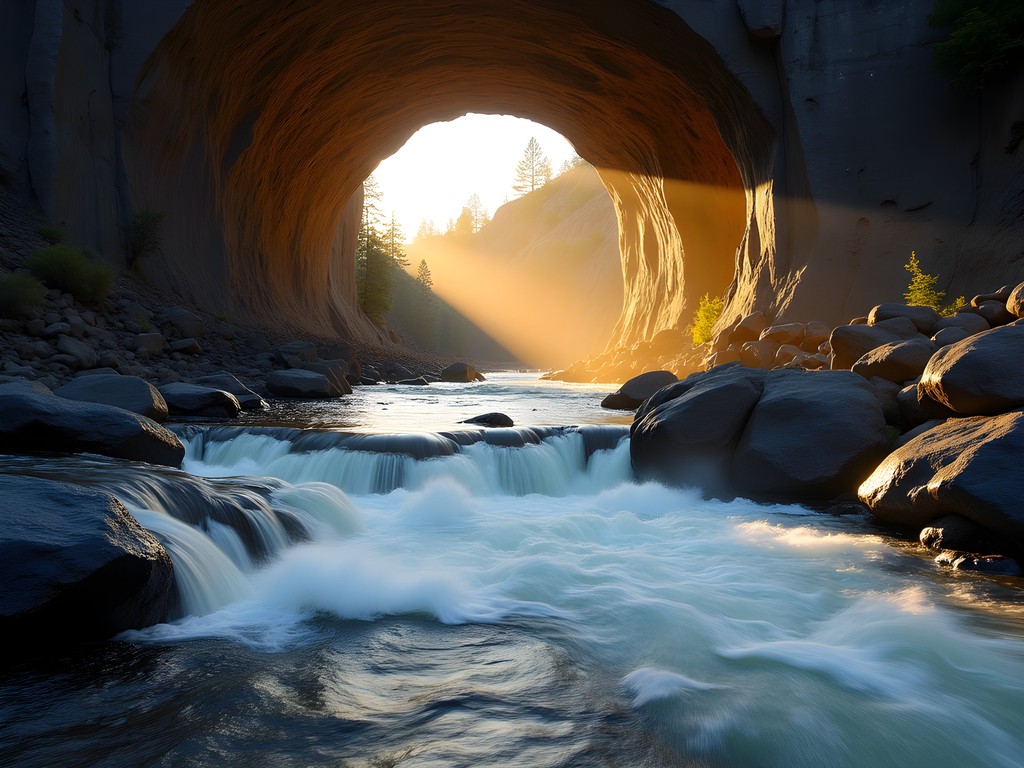
💡 Pro Tips
- The basalt formations photograph best in side-lighting conditions (early morning or late afternoon)
- Bring a polarizing filter to control reflections and enhance the rich colors of wet rocks
- Use the trails on both sides of the river for completely different perspectives of the same features
Final Thoughts
As I packed my gear on my final evening in Spokane, reviewing the hundreds of images captured over just three days, I couldn't help but feel I had barely scratched the surface of this photographer's playground. The city's unique blend of accessible urban waterfalls and pristine natural landscapes within easy reach makes it ideal for solo photographers seeking to maximize shooting opportunities without long transit times between locations.
What struck me most was the diversity of subjects available within such a compact area—from the thundering urban falls that rival many wilderness cascades to the delicate spring wildflowers carpeting Mount Spokane's slopes. Spokane rewards photographers who take the time to look beyond the obvious shots, to explore the changing light throughout the day, and to engage with locals who know the hidden perspectives.
Whether you're drawn to dramatic landscapes, intimate natural details, or the juxtaposition of wild and urban elements, pack your filters, bring your rain protection, and give yourself permission to linger at locations as the light changes. Spokane's photographic treasures reveal themselves to those willing to wait, watch, and return to the same spots as conditions evolve. I've already marked my calendar for a return visit next spring—there are still countless frames waiting to be captured.
✨ Key Takeaways
- Spring offers the perfect combination of powerful waterfalls and emerging wildflowers
- Early mornings provide the best light and least crowded conditions at popular spots
- Spokane's compact geography allows photographers to shoot diverse locations in a single day
- Weather protection for gear is essential due to waterfall spray and changeable mountain conditions
- Allow time to revisit locations as lighting conditions change throughout the day
📋 Practical Information
Best Time to Visit
Mid-April through early June
Budget Estimate
$150-250 per day including accommodations
Recommended Duration
3-4 day weekend
Difficulty Level
Moderate

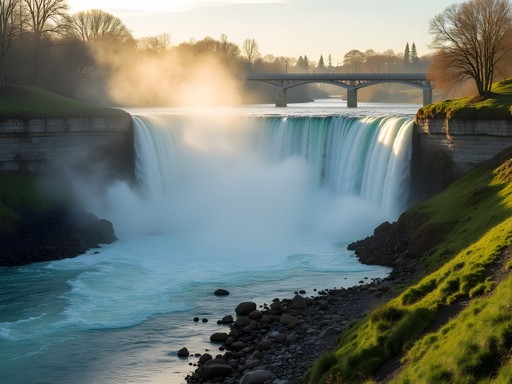






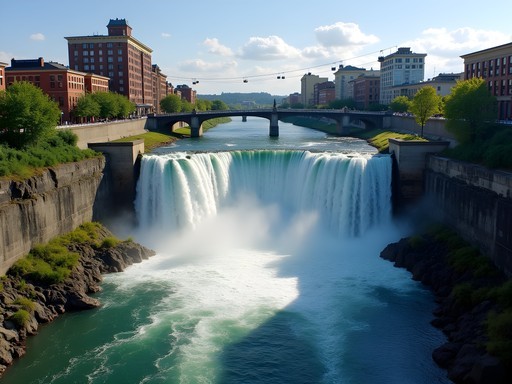






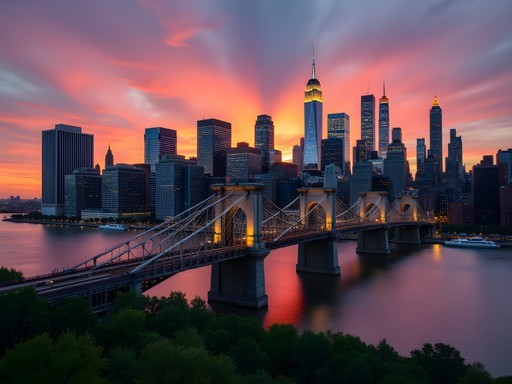
Comments
springace
Just booked tickets to Spokane because of this post! Can't wait to photograph those falls!
Kimberly Murphy
Evelyn, your photography captures the essence of Spokane perfectly! I visited last autumn and was mesmerized by how the falls transform the urban landscape. For photographers reading this, I'd add that the golden hour at Riverfront Park creates stunning reflections on the water. Also worth mentioning is the Japanese Garden in Manito Park - the koi pond surrounded by autumn foliage made for incredible macro opportunities. If you're into wildlife photography, the Turnbull National Wildlife Refuge about 30 minutes from downtown is a hidden gem! Spotted moose, deer, and countless bird species there. Spokane truly is a photographer's paradise year-round!
Evelyn Rogers
Thanks for the tip about Turnbull, Kimberly! I missed that on this trip but it's going on my list for next time. Your autumn shots of Spokane on Instagram were gorgeous!
luckyzone
Just got back from Spokane and wish I'd seen this post before! The falls were amazing but I totally missed Huntington Park. We did spend a full day at Mount Spokane though and the wildflower meadows were unbelievable. My phone camera couldn't do them justice. I used my travel tripod for the first time and it made such a difference for landscape shots. Next time I'll definitely check out your other spots. Manito Park looks gorgeous!
springace
Was Mount Spokane crowded? Thinking of going in September.
luckyzone
Not bad at all! Weekdays are super quiet. Definitely go for sunrise if you can - the light is magical and you'll have most trails to yourself.
smarttime
Great tips! Saving this for our road trip next spring.
Hunter Thompson
Brilliant post, Evelyn! I visited Spokane last summer and was blown away by Riverfront Park. The contrast between urban architecture and those powerful falls creates such a unique vibe for photography. Did you check out Bowl and Pitcher at Riverside State Park? The rock formations there gave me some of my best shots from the Pacific Northwest. For anyone visiting, sunrise at Huntington Park is absolutely worth the early wake-up call - the light hits the falls perfectly and you'll have the place mostly to yourself. Can't wait to see where you're heading next!
photomood
Great post! What camera setup did you use for those long exposure shots of the falls? The water looks so silky smooth!
Evelyn Rogers
I used my Sony A7IV with a variable ND filter and a sturdy tripod. The early morning light at Huntington Park was perfect for those long exposures!
photomood
Thanks! I've been thinking about upgrading to the A7 series. Those shots convinced me it's worth it!
happylover
OMG these photos are STUNNING!! I had no idea Spokane had waterfalls right in the city!!! Adding this to my bucket list ASAP!!! 😍😍😍
Evelyn Rogers
Thanks so much! Yes, the urban waterfalls are what makes Spokane so special for photographers. Hope you get to visit soon!
skystar
Just got back from Spokane and followed some of your recommendations - Huntington Park was amazing for photos! Pro tip for others: there's a little path that goes down closer to the water level that most tourists miss. Just look for the metal stairs near the viewpoint. Way less crowded and better angles!
skyrider2761
Great post! How crowded was Mount Spokane?
Haley Hamilton
Evelyn, your post brought back such vivid memories of my own visit to Spokane last spring! I spent a full day at Huntington Park trying to capture that perfect shot of the lower falls, and you're absolutely right about it being a photographer's secret weapon. The way the light hits the water around 4pm created this ethereal rainbow effect that had me shooting until my memory cards were full. For anyone planning a photography trip here: don't miss the early morning light at Riverfront Park - I arrived at 5:30am one day and had the whole place to myself, with the most beautiful golden light streaming through the mist. And pack extra layers! Even in June, those early morning shoots can be surprisingly chilly by the water.
Venture X
Premium card with 2X miles, $300 travel credit, Priority Pass